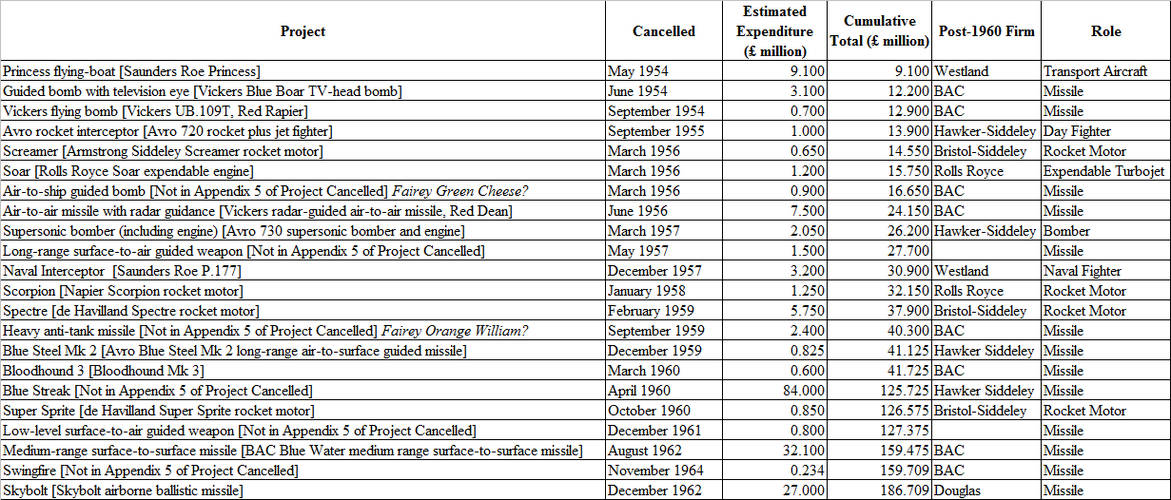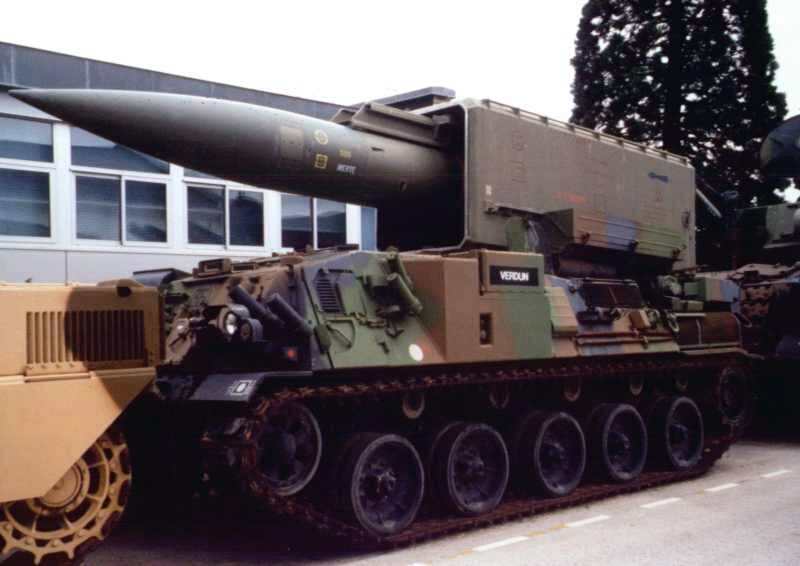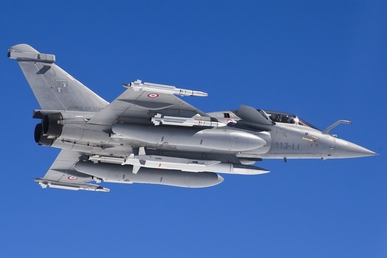NOMISYRRUC
ACCESS: Top Secret
- Joined
- 28 September 2008
- Messages
- 1,606
- Reaction score
- 2,374
Part of Post 30
Wood wrote that Thornycroft cancelled Blue Water in August 1962. He wrote that £20 million had been spent on the project and that the estimated £50 million that was saved was put into TSR.2 and Polaris.
However, he also wrote in Appendix 5 on Page 251 that the £32.1 million was spent on the weapon and that tallies with the information in the Flight Archive.
Also I find Gunston's statement that Seargeant cost five times more than Blue Water hard to believe. Five times the £50 million that was expected to be saved by cancelling Blue Water is £250 million which at the current exchange rate was $600 million an amount that would make a noticeable dent in the Balance of Payments.
Furthermore, we can't assume that it would have been in service on time or at the estimated cost. On the other hand if what Gunston wrote was true it would still be no more expensive than buying Sergeant and save a lot of Dollars even if the actual cost was five times the estimate.
Part of Post 5 in which @Archibald was replying to Post 4 by @zen
So you think that the French would be prepared to buy Blue Water instead of Pluton? Would be a joint project with the British or would they buy British built systems?
Perhaps it's nickname in British and French service would have been Beau Geste because he stole the Blue Water.
I'd read that 120 Pluton systems were originally planned (e.g. on Page 21 of Gunston) before it was cut in stages to 36 and 30 although several times this number of missiles was produced to provide reloads. I had thought that the reduction was on cost grounds either because cost overruns on the system itself or to pay for cost overruns on MSBS and SSBS.
I deuce from your statement that the number of Plutons produced was only 25% of the number planned because it was merde if you'll pardon my French.
The reference is on Page 151 of Project Cancelled.Not directly related to this was Blue Water. According to Wood in Project Cancelled it was cancelled in 1962 at a cost of £32 million because Thornycroft wanted to spend the money saved on TSR.2. Except that according to Gunston in The Illustrated Encyclopaedia of Rockets & Missiles (P. 31) the project was killed by the existence of the American Sergeant which did the same job in a system that weighing three times as much and costing five times as much.
Wood wrote that Thornycroft cancelled Blue Water in August 1962. He wrote that £20 million had been spent on the project and that the estimated £50 million that was saved was put into TSR.2 and Polaris.
However, he also wrote in Appendix 5 on Page 251 that the £32.1 million was spent on the weapon and that tallies with the information in the Flight Archive.
Also I find Gunston's statement that Seargeant cost five times more than Blue Water hard to believe. Five times the £50 million that was expected to be saved by cancelling Blue Water is £250 million which at the current exchange rate was $600 million an amount that would make a noticeable dent in the Balance of Payments.
Furthermore, we can't assume that it would have been in service on time or at the estimated cost. On the other hand if what Gunston wrote was true it would still be no more expensive than buying Sergeant and save a lot of Dollars even if the actual cost was five times the estimate.
Part of Post 5 in which @Archibald was replying to Post 4 by @zen
Close, but no cigar: eau bleue (can't be worse than Pluton)
The possibilities are endless - https://www.alternatehistory.com/wiki/doku.php?id=timelines:the_selene_project
So you think that the French would be prepared to buy Blue Water instead of Pluton? Would be a joint project with the British or would they buy British built systems?
Perhaps it's nickname in British and French service would have been Beau Geste because he stole the Blue Water.
I'd read that 120 Pluton systems were originally planned (e.g. on Page 21 of Gunston) before it was cut in stages to 36 and 30 although several times this number of missiles was produced to provide reloads. I had thought that the reduction was on cost grounds either because cost overruns on the system itself or to pay for cost overruns on MSBS and SSBS.
I deuce from your statement that the number of Plutons produced was only 25% of the number planned because it was merde if you'll pardon my French.
Last edited:




